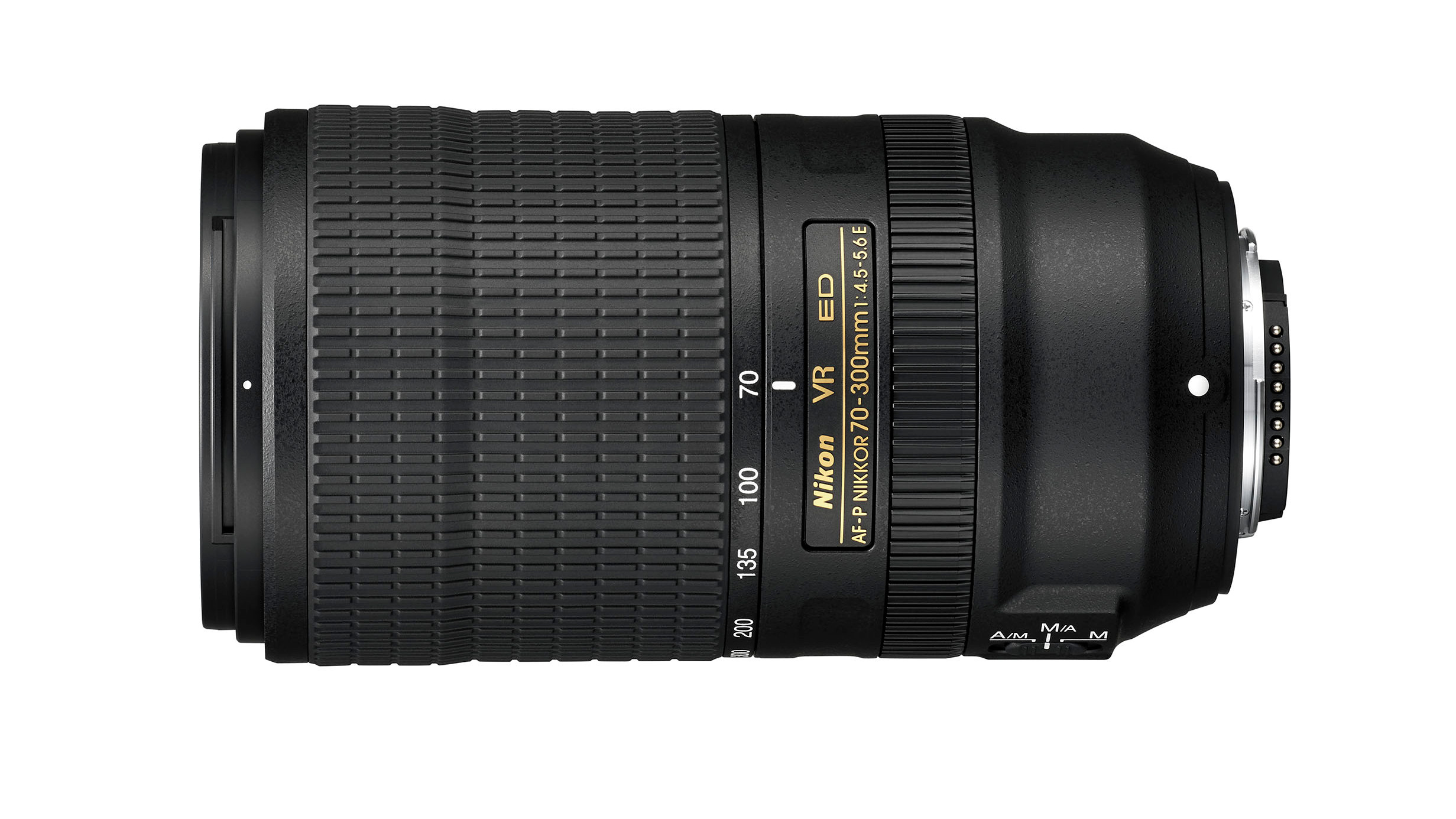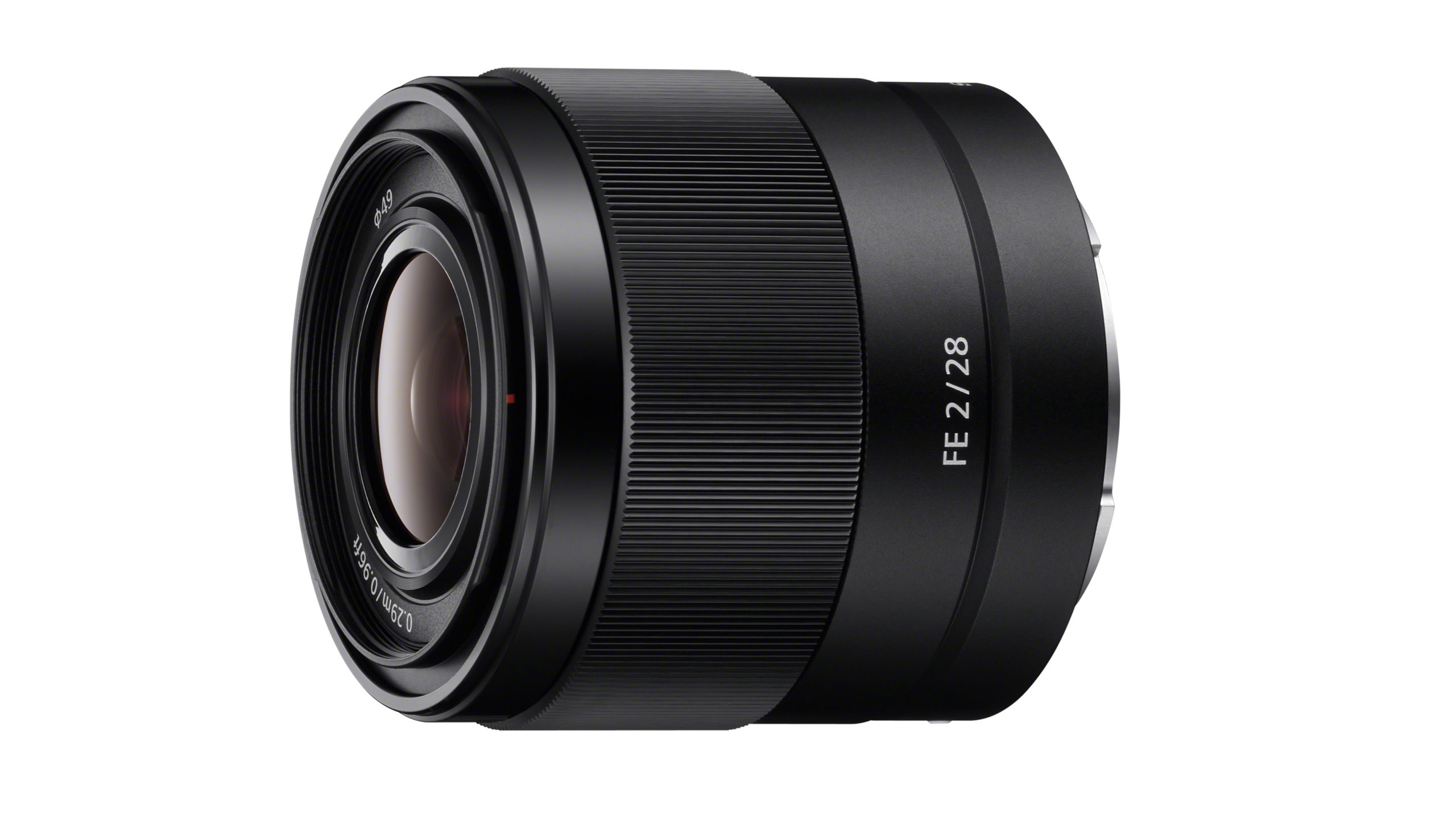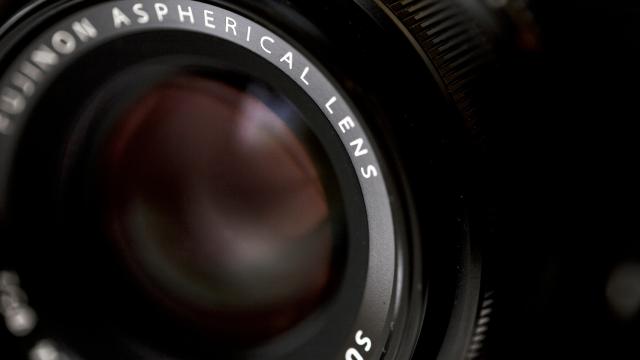When it comes to purchasing a lens for your digital camera, the sheer number of options, specifications, acronyms and features is enough to make anyone throw up their hands in frustration and resort to simply using their smartphone. But dedicated cameras are still worth it, and produce high-quality photos that smartphone cameras just can’t match with their minuscule sensors.
Once you know what you’re looking for, and know how different companies brand identical features, it isn’t too difficult to figure out what type of lens you need. With a little education, you can determine which features in your new lens are superfluous, essential, or just nice to have.
Image credit: Giuseppe Cirasino/Flickr
Aperture
The aperture on a camera lens functions much like your pupils, opening in accordance with how much light you want to hit the camera’s sensor. Your camera lens’ maximum aperture number, measured in “f-numbers” or “f-stops”, is usually indicated in the same manner on every lens. The aperture range can vary anywhere from f/1.0 to f/22 depending on the lens. You’ll find variations in the presentation – sometimes f/2.8 is shown as “1:2.8”, for example – but the numbers indicate the same thing: The maximum aperture of your lens.

This Nikon (Nikkor) lens has optical image stabilisation (VR), a focal range of 70-300mm, and an aperture range of f/4.5-5.6, along with extra-low dispersion glass to reduce chromatic aberrations. Image credit: Nikon
The lower the number (f/1.8, for example), the wider the opening, and the more light your lens lets in. Lenses with low apertures (which allow for more light to hit the sensor) also produce that blurred “bokeh” effect, perfect for portraits. If you’re using a zoom lens, you’ll instead see a maximum aperture range, like f/3.5-4.5. The two aperture numbers represent the largest aperture available at your camera’s zoom range. The more you zoom in, the smaller your maximum aperture (leading to that higher 4.5 aperture number).
Focal Length
A camera lens’ focal length (the distance from the lens’ most focused image to the camera’s sensor itself) is written in millimetres. Lenses that lack zoom functionality (such as a portrait lens with a fixed focal length of 35mm) have a single focal length, while zoom lenses use two numbers (such as 18-55mm) to indicate the range of a lens’ focal length. The smaller the focal length, the more of your subject you’ll be able to capture in a photograph. That’s why wide-angle lenses have focal lengths ranging from 10-30mm. The focal length number (or range) is found on nearly every camera lens, and is often found next to the lens aperture number.
Lens Diameter
You can use filters on your camera lens to reduce glare or filter out colours to achieve some cool effects. For that, you’ll need to know the lens diameter. It’s measured in millimetres, just like a camera’s focal length, and can be found next to the ø symbol, which represents diameter. The lens diameter is more often than not on the front of the camera lens, or engraved on the side near the top, where you’d screw on your lens filter.
Automatic or Manual Focus
Automatic focus (relying either on a slower focusing motor or a higher-end, quieter “ultrasonic motor”) lets you keep your subject in focus without manually adjusting the camera’s depth of field yourself. If you see a lens with a switch labelled “AF/MF”, that means you’ll be able to quickly enable the feature – or disable, if you’re going for a particular look in your photographs, or want more control over the image’s depth of field in a controlled environment such as a studio.

This Sony lens is designed for Sony’s mirrorless full-frame cameras (FE), has a single f/2 aperture, and a focal length of 28mm. Image credit: Sony
Brand-Specific Lingo
The more interesting features of a camera lens are often obscured behind brand-specific lingo. Don’t let the acronyms fool you, however. While the abbreviations may vary from camera to camera, the technology behind the features is largely identical.
Optical Image Stabilisation
Optical image stabilisation is a feature found in both lenses and camera bodies that attempts to counteract vibrations and other tiny movements that could lead to a blurry photo. Image stabilisation allows for sharper images, especially when you’re shooting with wider apertures, compared to lenses without image stabilisation. Here are the abbreviations you’ll find in these brands:
- Sony: OSS (Optical SteadyShot)
- Nikon: VR (Vibration Reduction)
- Canon: IS (Image Stabilisation)
- Sigma: OS (Optical Stabilisation)
Full-frame Sensor Lens
Full-frame cameras use larger, full-frame sensors, which allows for more light to enter the camera and higher-quality photos to be produced. In order to take advantage of the entire sensor, you’ll need a full-frame lens. Some full-frame cameras support cropped lenses, but that cropped lens, designed for a smaller sensor, will result in a photo that uses less of the full-frame sensor’s area. Full-frame lenses are usually more expensive than their cropped lens counterparts. You can read up on the nuances of full-frame cameras and lenses if the thought of higher image quality (and more expensive equipment) appeals to you.
- Sony: FE (Mirrorless)
- Nikon: FX
- Canon: EF
- Sigma: DG
Cropped Sensor Lens
Cropped sensor cameras are usually found on cameras aimed at consumers or camera enthusiasts. They don’t have the same image quality as a full-frame sensor, but still boast better image quality compared to a device such as a smartphone.
- Sony: E (Mirrorless)
- Nikon: DX
- Canon: EF-S
- Sigma: DC
Ultrasonic Autofocus Motor
Ultrasonic motors allow for quieter and faster focal adjustments, keeping your image in focus more accurately than the slower electronic motors found in less expensive lenses.
- Sony: SSM
- Nikon: SWM
- Canon: USM
- Sigma: HSM
Professional-Grade Lens
Professional-grade lenses are designed to be both incredibly accurate as well as more durable than consumer-grade lenses. They feature higher quality glass, faster autofocus motors, and often have built-in water or dust resistance. Professional-grade lenses are usually made for full-frame cameras, and take advantage of full-frame sensors inside.
- Sony: G
- Nikon: Pro-grade lenses indicated via gold “ring” around lens perimeter
- Canon: L
- Sigma: EX
Low Dispersion Lens
Low dispersion lenses seek to eliminate the issue of chromatic aberration, a trait in cameras that results in photos with colours ending up misaligned due to imperfect light refraction. It usually occurs near the edges of a photograph. Software exists to correct for chromatic aberration, though most people won’t notice the change in colour unless they’re professionals. Lenses with low dispersion glass seek to eliminate the issue by using different techniques to manufacture the lenses.
- Sony: ED
- Nikon: ED
- Canon: ED
- Sigma: APO

Comments